This past Monday, February 22, marked 289 years since George Washington was born! Take some time to walk, listen, and learn a bit about the impact of America’s first president with The Walking Classroom (4-#86, Complete-#71).
A Little about Washington’s Life
George Washington shaped our nation. Like the rest of the founding fathers, his choices still affect the nation today. Washington’s legacy, however, starts about 33 years before the Revolutionary War. In a little settlement at Pope’s Creek, Virginia. Washington’s father, Augustine, died when Washington was only 11. Unlike his elder brothers, Washington never actually went to college! Instead, he was tutored at home.
In 1752, Washington’s brother died, which inspired Washington to join the Virginia colonial militia in his honor. After six years with the British Army and earning much distinction, Washington resigned from service.
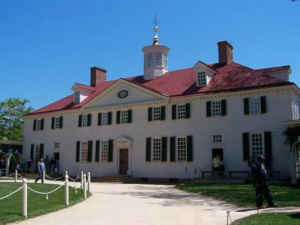 Returning to a Virginia plantation, George Washington married Martha Dandridge Custis. The couple quickly rose to prominence within the Virginia upper class. However, the couple never had children together.
Returning to a Virginia plantation, George Washington married Martha Dandridge Custis. The couple quickly rose to prominence within the Virginia upper class. However, the couple never had children together.
A Revolutionary War
Soon, the oppression of the British government became too much for Washington and many colonists to bear. In 1774, Washington and the other founding fathers decided that something had to be done. The First Continental Congress created the Continental Army, and Samuel and John Adams selected Washington to be commander-in-chief. They picked him for his leadership expertise. It appears Washington was the right choice! He led the newborn army to victory, forging strong alliances with French leaders like the Marquis de Lafayette.
Help students dig deeper into Washington’s role in the Revolutionary war with a lesson plan tracing events in the North from 1775 to 1778, or simply share some Revolutionary War facts. Finish out on a musical note with a PBS lesson on Revolutionary War music! Music isn’t just fun to listen to — it can carry important messages and inspire those who hear it.
At the end of the war, Washington wanted to retire. However, the Constitutional Convention of 1787 convinced him to re-enter politics. Just two years later, he was elected America’s first president. Washington served two terms, and worked to defuse much of the early political turmoil. Afterwards, he retired, living at Mount Vernon until a peaceful death.
Not Just a President
Start your students off with a journey to Mount Vernon, George Washington’s home. The Mount Vernon Ladies’ Association offers a virtual tour, complete with interesting facts about the estate! The Mount Vernon website also offers a number of fascinating lessons and articles to grow your students’ knowledge about George Washington’s life, including Ten Facts on George Washington and the Revolutionary War.
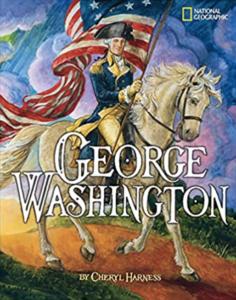 Supplement your study on the life of George Washington with some books for kids. It may be hard to imagine, but this great leader was just an ordinary man who rose to do extraordinary things. Consider starting with Cheryl Harness’s short biography, George Washington (940L), to “chip back the marble’”and help students relate to our first President!
Supplement your study on the life of George Washington with some books for kids. It may be hard to imagine, but this great leader was just an ordinary man who rose to do extraordinary things. Consider starting with Cheryl Harness’s short biography, George Washington (940L), to “chip back the marble’”and help students relate to our first President!
Younger students may benefit from the kid-friendly introduction of My Little Golden Book about George Washington! By Lori Haskins Houran and Illustrated by Viviana Garofoli, this book provides a blend of interesting anecdotes and fun facts to capture Washington in an engaging light.
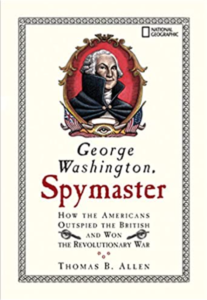 Lastly, George Washington, Spymaster: How the Americans Outspied the British and Won the Revolutionary War (1100L) might interest older students, especially as a great introduction to a Revolutionary War lesson. Written by Thomas B. Allen, this book provides an in-depth look into how Washington became America’s great ‘spymaster’!
Lastly, George Washington, Spymaster: How the Americans Outspied the British and Won the Revolutionary War (1100L) might interest older students, especially as a great introduction to a Revolutionary War lesson. Written by Thomas B. Allen, this book provides an in-depth look into how Washington became America’s great ‘spymaster’!
Learning More: An Unconventional Convention!
Need more context on the Constitution? The Walking Classroom has you covered! Once kids have listened to the U.S. Preamble Constitution and Preamble (4-#58, Complete-#72) podcast, introduce them to the Constitutional Convention.
Washington believed the Articles of Confederation were too weak to hold the Nation together. Round out students’ understanding of the 1787 Convention with a Library of Congress lesson on the Articles of Confederation and the Constitution. Or, have students learn about the “road” to the constitution!
Inspired by these ideas? Learn about other ways to extend the lesson on other timely topics in future posts!


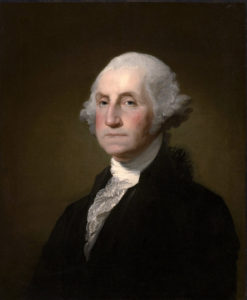
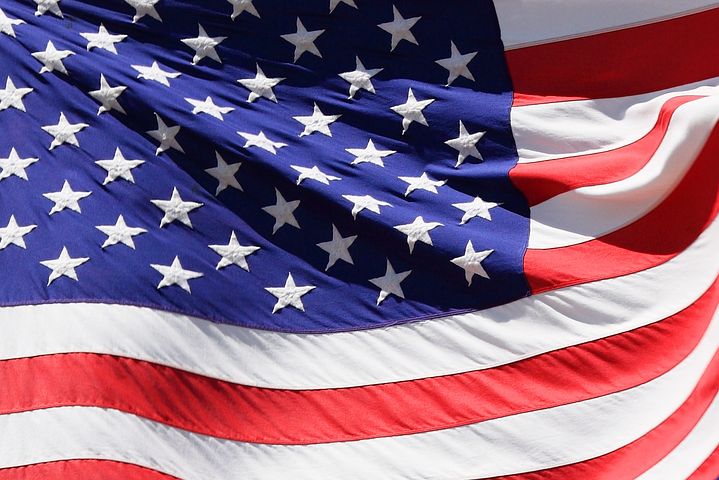
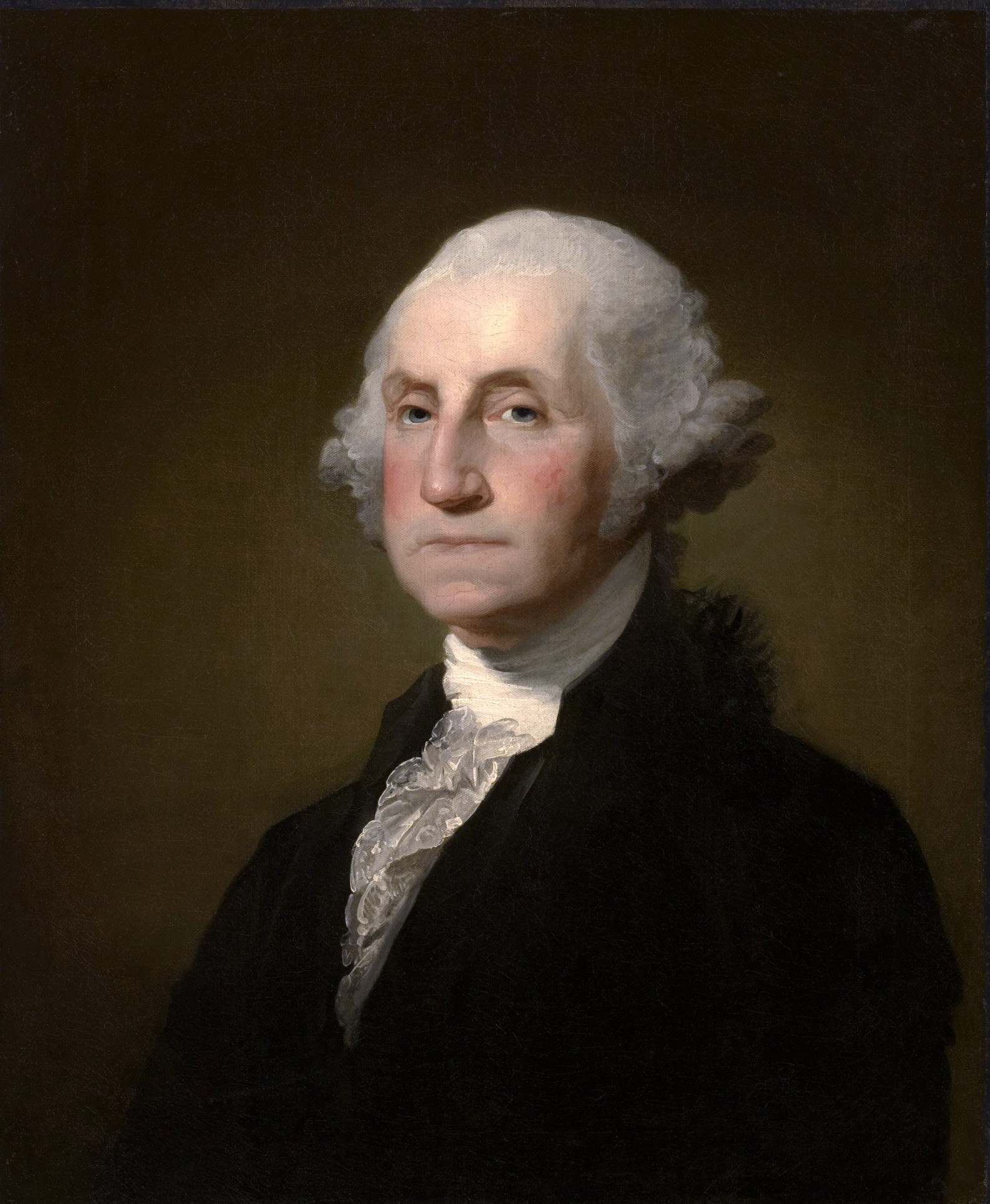
Leave a Reply